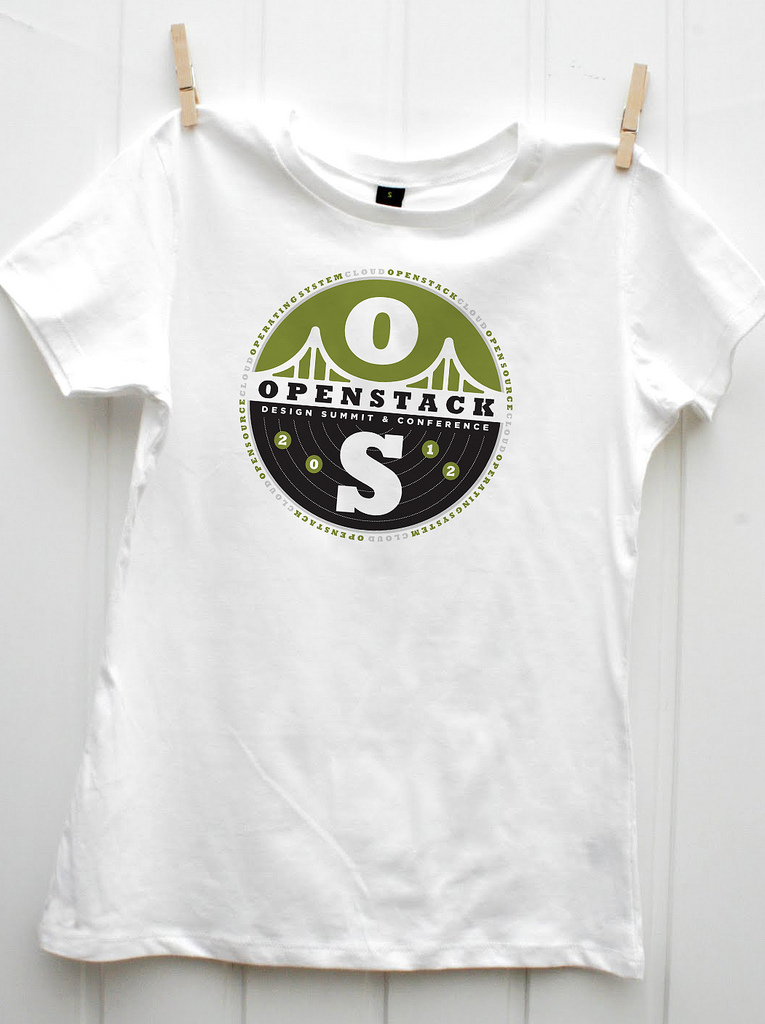Raiders of the lost art of customer service
Take a moment and think about the experience you had today while dining at your favorite restaurant. The experience you had shopping at Home Depot or Walmart. When the waiter or the salesperson asked “How can I help you today?” did they truly listen to what your needs were? Did they understand how to best assist you? Did they take the time to see that what you needed was purchased?
The practice of listening and understanding is something that is not practiced every day. It is a simple thing that organizations need to enforce to their employees as it has such a domino effect to your business. It allows employees to sell the right solution, which results in customer satisfaction, which then allows for retention and recommendations, which finally leads to new business. It is such an easy art, which has been lost.
In an executive leadership role for an MSP, I find that providing customer service is as important as the technological solutions that my organization provides. Every day I find myself following the same key concepts in providing quality customer service.
- Active listening: Reiterate key terms or concepts to the client. Summarize the conversation, which shows the client that you understand what they are asking
- Knowledgeable: I have found that you do not have to know all the answers, especially in the IT field, but understand the concepts and the big picture of what needs to be achieved.
- Be patient & empathetic: Each person is unique and have different personalities. Some will be irate, grumpy, or pessimistic. Other will be upbeat, happy, and optimistic. You need to keep these in mind, while at the same time providing the same consistent level of service.
- Ownership: Seeing an issue or project through, no matter how hard or easy it may be.
No matter what industry you are in, customer service is key in ensuring success within your organization. Practicing this, will allow the retention of valued clients.




